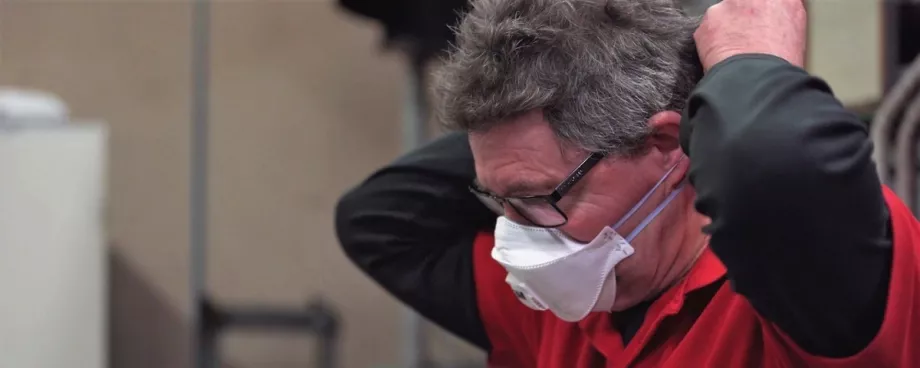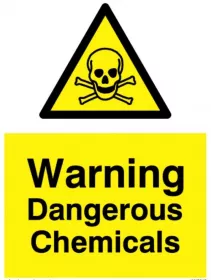
All European manufacturers (including manufacturers of rubber conveyor belts) became legally obliged to comply with the regulations relating to chemicals, preparations (mixtures) and substances used to create finished products.
Some 12 years since their introduction, conveyor belt consultant Leslie David decided to take a closer look into the impact of the regulations and soon discovered that when it comes to conveyor belts, something smells wrong in more ways than one. It appears that a great many belt manufacturers have chosen, either completely or at least partially, to ignore this legal requirement. Here he explains about REACH in greater detail and why users of rubber conveyor belts need to be much more aware of the potential risks they may be taking.
REACH for Safety
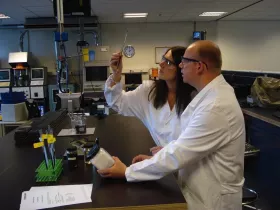
REACH (Registration, Evaluation and Authorisation of Chemical substances) regulation EC 1907/2006 was introduced to improve the protection of human health and the environment from the risks that can be posed by chemicals. The legislation compels all European-based manufacturers to register the use of “substances of very high concern” that are listed within the regulations with ECHA (European Chemical Agency) headquarters in Helsinki. Incidentally, in the event of a no deal, the EU REACH Regulation will be brought into UK law by the European Union (Withdrawal) Act 2018.
What are the risks?
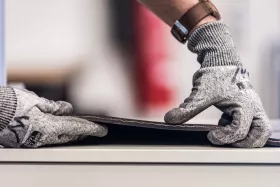
There are two primary areas of potential risk relating to end-users of rubber conveyor belting. Firstly, those that work with conveyor belts are coming into regular with rubber that contains unacceptable levels of potentially harmful chemicals, including those believed to cause various forms of cancer. This especially includes conveyor maintenance operatives and the vulcanizers who fit and splice belting.
The second area of risk is to the environment itself including wildlife. The disposal of used belting has long been a headache for end-users. It is virtually impossible to regulate and control disposal but if the harmful, damaging element of the used products, in this case rolls of conveyor belt, can be minimized then that would be a huge step forward.
Who does REACH apply to?
REACH applies to all European-based manufacturers and all products sold and used within the EU. Manufacturers established outside of the EU are not bound by the obligations of REACH, even if they export their products into the customs territory of the European Union. They are therefore free to use unregulated raw materials and chemicals that may be prohibited or have usage limitations within the European community. Very importantly, as the EU destined product itself is not exempt from REACH, it is therefore the importers of products manufactured outside of the EU who are responsible for fulfilling the requirements of REACH rather than the original manufacturers.
A very significant proportion of (REACH) unregulated belting sold in Europe is imported from South East Asia by traders. This raises a number of questions concerning human and environmental risk exposure. First and foremost, end-users are effectively required to rely on the honesty and integrity of the trader who in turn is reliant on the honesty and integrity of a manufacturer who is not actually subject to the regulations. European conveyor belt manufacturers could also justifiably argue that they are at a disadvantage. This is because hazardous chemicals that would otherwise be either banned entirely or at least restricted are used to accelerate the vulcanization process in order to reduce production time, which ultimately creates a price advantage based on illegal practice.
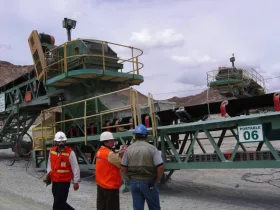
Interestingly but somewhat worryingly, with only one notable exception as far as I can tell, all European-based belt manufacturers import and re-sell belting to supplement their overall output and allow them to be more competitive on price. Again, the vast bulk of these imports come from China and to a lesser extent India. They are then sold under the European manufacturer’s brand. Anecdotal evidence suggests that in some cases such re-selling is supported by certificates of origin that indicate Europe as the source of origin, apparently on the basis that the belting was at one stage warehoused in Europe.
